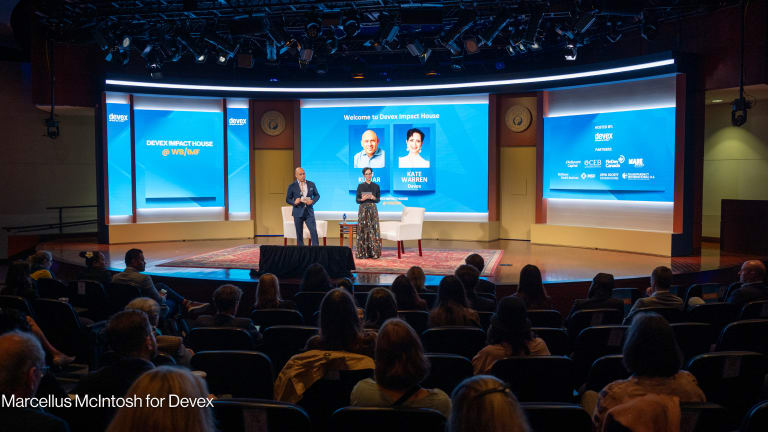
In many sub-Saharan African countries, less than 5 percent of the population has health insurance. Generally, the only people that are insured are wealthy consumers — who can afford to pay high premiums — or the poorest populations — whom donors and governments prioritize in emerging national health insurance schemes with constrained resources.
One critical population is left without access: the so-called working poor or upwardly mobile base-of-the-pyramid and lower middle class populations.
And that’s a big problem. Health incidents are one of the key “shocks” that can push the working poor back into destitute poverty. Developing resilience against such shocks is one of the most commonly cited reasons people save money, but when a health emergency strikes, people rarely have enough savings to pay for adequate health care. At the same time, setting aside this money as a buffer for healthcare shocks doesn’t allow them to spend it on other activities, such as growing their business or sending their kids to school.
Addressing this health insurance gap would go a long way in overcoming poverty, and insurers who address this new, potentially vast health insurance market can do so in a profitable way.
So why isn’t health insurance penetration higher in sub-Saharan Africa? We have seen four primary barriers to enabling access to health insurance for the working poor:
1. Health insurance providers have a limited understanding of consumer health needs, risks and willingness to pay. Most health insurance products, distribution methods and payment mechanisms cater to urban, high-income customers. They do not fully account for the core requirements of low-income consumers, like affordable and flexible premiums, simple policy terms, easy payment systems and quick claims distribution.
2. Consumers do not fully understand health insurance. Many consumers — particularly those from low- and middle-income households — have limited awareness of insurance products. For instance, they often confuse insurance policies with savings accounts, and expect to receive their premiums in the form of a reimbursement at the end of the year if they do not make claims.
3. Quality health care options are lacking. In many sub-Saharan African countries, a limited supply of high-quality health care providers means that patients have limited incentives to seek out options and pay premiums. With about a quarter of the global disease burden, Africa has only 3 percent of the world’s medical professionals and a dire shortage of qualified resources.
4. Insurers face difficult economics. Low profits from health insurance to date have reduced insurers’ incentives to expand coverage within sub-Saharan Africa. On the cost side, insurers suffer heavily from adverse selection, which compounds the effect of the small risk pool most of them face. On the revenue side, governments may enforce stringent consumer protection laws that make it easy for customers to pay their premiums late.
These barriers have made it difficult for insurers to offer health insurance to the working poor, but a few programs are proving that it’s possible — and often, profitable. Innovative actors across the value chain, both in sub-Saharan Africa and other emerging markets, have improved health insurance options in the following ways:

These innovations show that it’s possible to insure the working poor — and that when scale allows insurers to grow and diversify their risk pool, efforts can become more sustainable.
While there’s no “silver bullet” to make this scale happen, different players can play key supporting roles. Governments can create the right enabling regulatory environments, for example by allowing insurance coverage schemes to vary by population group, or to create plans that only include primary health care. Donors and social impact investors could support efforts by providing the capital to finance insurers on their quest for scale.
With the right risk pool, insurance for the working poor could develop into a profitable offering — as a truly inclusive business.
Want to learn more? Check out the Healthy Means campaign site and tweet us using #HealthyMeans.
Healthy Means is an online conversation hosted by Devex in partnership with Concern Worldwide, Gavi, GlaxoSmithKline, International Federation of Pharmaceutical Manufacturers & Associations, International Federation of Red Cross and Red Crescent Societies, Johnson & Johnson and the United Nations Population Fund to showcase new ideas and ways we can work together to expand health care and live better lives.








